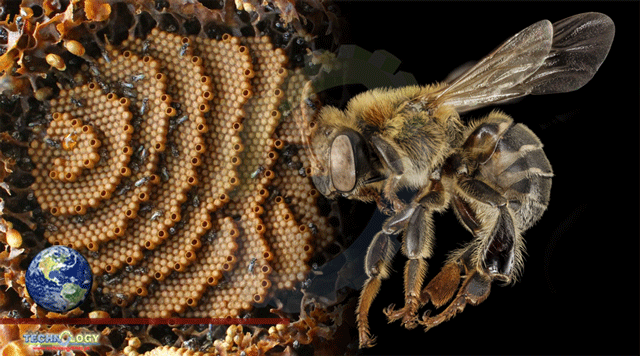Organic chemists at the University of Queensland have found that an unusual bioactive disaccharide called trehalulose, which is a feature of stingless bee honey, while not dominant in any other foods, is produced in the gut of stingless bees.

Stingless bees belong to Meliponini, a tribe of over 500 bee species found throughout tropical and subtropical parts of the world.
Honey produced by stingless bees is known by various names such as Meliponine honey, pot-honey, sugarbag honey (in Australia), and Kelulut honey (in Malaysia).
The more well-recognized European honeybees (Apis mellifera) produce significantly more honey, and are the world’s major honey production species.
However, stingless bee honey is highly prized as a specialty food and is noted in Indigenous cultures for its medicinal properties and attracts a high price.
In 2020, University of Queensland researchers found that up to 85% of sugar in stingless bee honey is trehalulose, not maltose as previously thought.
“Trehalulose is more slowly digested and there is not the sudden spike in blood glucose that you get from other sugars,” said lead author Dr. Natasha Hungerford, a researcher in the Queensland Alliance for Agriculture and Food Innovation at the University of Queensland.
“The origin of this rare sugar had been a puzzle since the discovery of high levels of sugar trehalulose in stingless bee honey.”
“We did not know if the trehalulose was coming from an external source — perhaps from native flora.”
Dr. Hungerford and colleagues aimed to determine if the trehalulose content in stingless bee honey could be increased, potentially making the honey more valuable.
“We fed confined colonies of the Australian stingless bee Tetragonula carbonaria the most common sugars found in flower nectar — sucrose, glucose and fructose,” Dr. Hungerford said.
“What we found is that stingless bees have a unique capacity to convert sucrose to trehalulose and produce honey rich in trehalulose in their gut.”
The researchers also found that stingless bees fed a solution containing table sugar could convert it into a honey containing high levels of trehalulose.
“But the honey they produce from table sugar does not meet the requirements of real stingless bee honey which is made from nectar,” Dr. Hungerford said.
“The honey we produced in the lab is in fact fake honey, and we were able to distinguish it from natural honey by isotopic testing.”
“This trehalulose-rich syrup that was produced might be considered a potential secondary product of stingless bees, but it is not honey. It is also not good for the health of the hive to feed the bees only table sugar.”
“Honey contains a complex range of phytochemicals from nectar, making it vitally important for brood rearing and the expansion of the colony population.”
Originally Published By SciNews